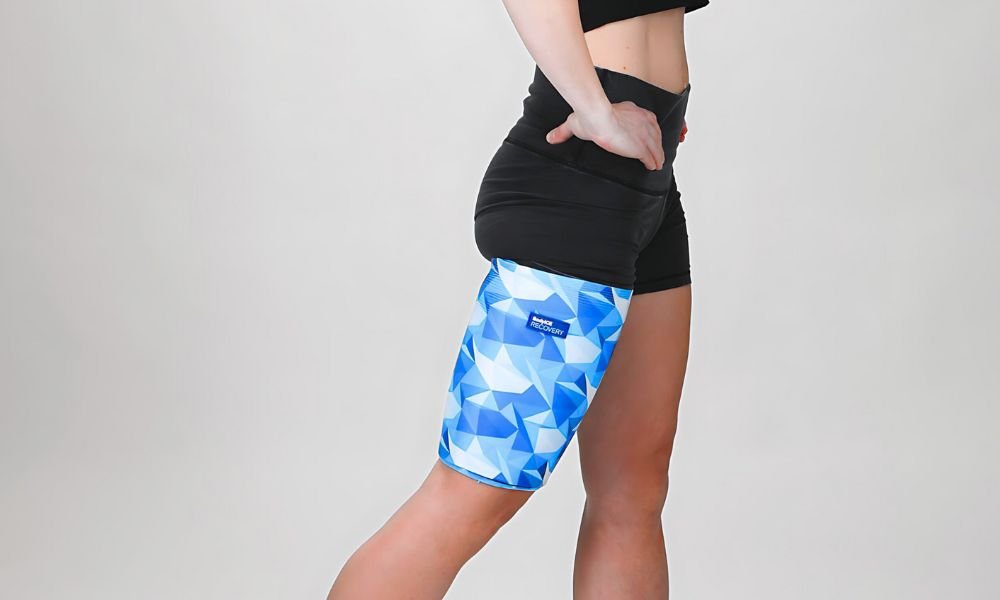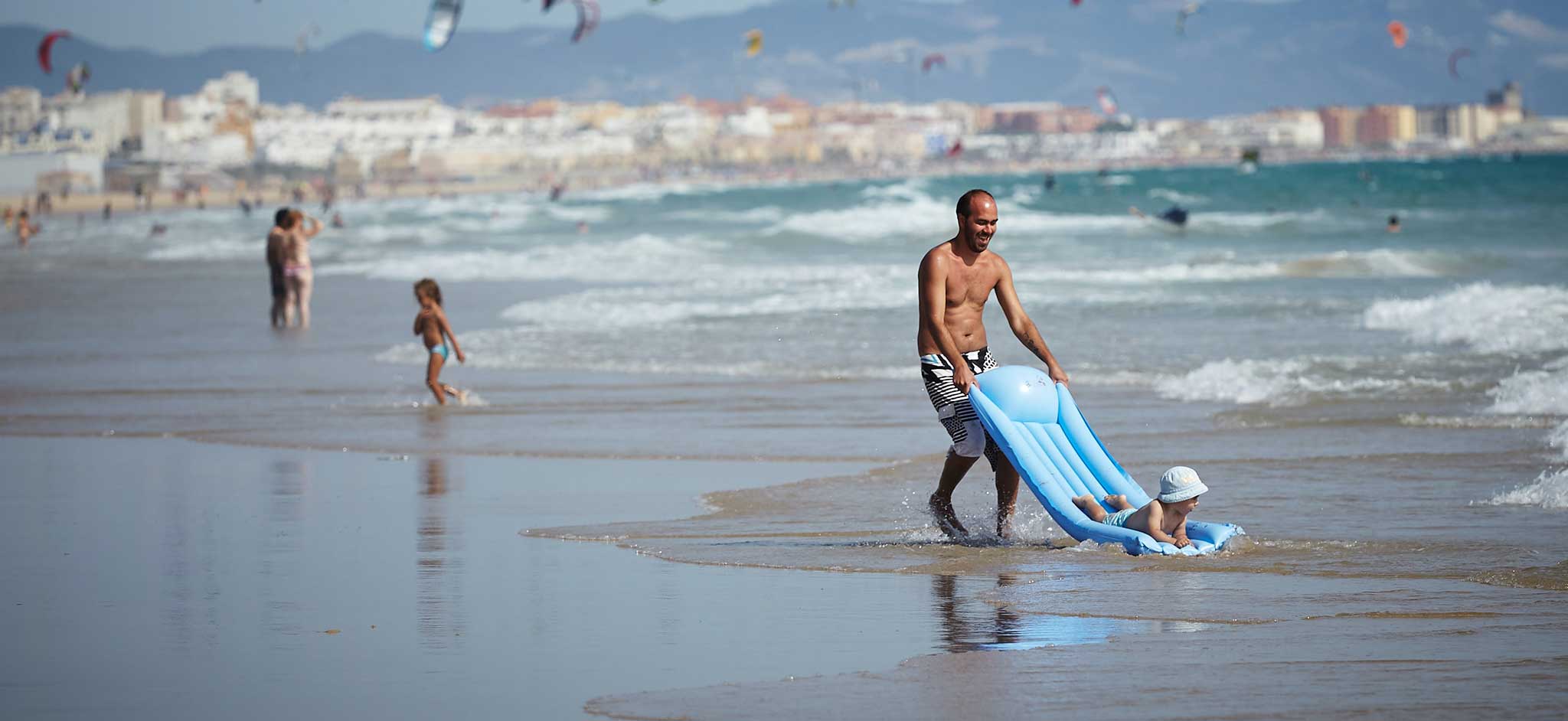Did you know there are scientifically proven techniques that you can utilise to aid sports and athletic recovery? If you are sick of being sore following your training/sport/competition/show then read on to learn the pro tips on how to accelerate and facilitate recovery.
Sports recovery techniques aim to reduce or eliminate the following:
- Delayed onset muscle soreness (DOMS)
- Post work out soreness/tension/discomfort
- Excessive muscle tightness
- Injury
Here are our top ways to facilitate recovery and help you get back on the stage, field, gym, or other environment you move or groove in day after day!
- Active Recovery - COOL DOWN
- Thermotherapy / Cryotherapy
- Compressions
- Soft tissue release , self release , percussive therapy , massage
- Hydration
- Nutrition
- Sleep






Leave a comment
All comments are moderated before being published.
This site is protected by hCaptcha and the hCaptcha Privacy Policy and Terms of Service apply.